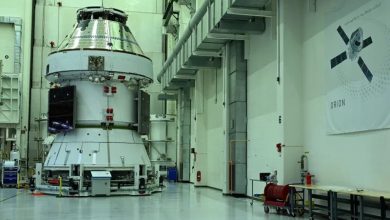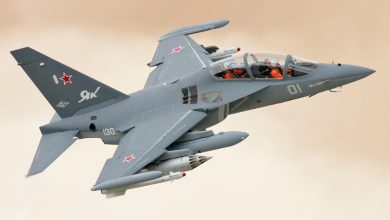
geared up to safeguard our nation
For numerous years, the emphasis of missile defense for the U.S. and its allies has been on nuclear ballistic missiles, which can soar high and swiftly to strike a target thousands of miles away.
However, another peril simmers below: cruise missiles, which fly at lower altitudes and slower speeds but, as demonstrated in attacks on Ukraine, can carry catastrophic warheads.
A crucial line of defense against these dangers comprises surface-based radars that can detect threats beyond the horizon to provide timely alerts and initiate defensive responses.
Raytheon Technologies is harnessing its extensive expertise as an integrator of missile defense systems to develop an unprecedented, next-generation over-the-horizon radar to safeguard the homeland. The innovative system will efficiently detect, track, and classify cruise missiles — day or night, and in various environmental conditions, including when auroras are illuminating the skies.
“The next-generation over-the-horizon radar signifies a monumental advancement in our capability to not only detect and monitor aircraft and surface ships but also to shield the homeland from cruise missiles and other threats,” stated Paul Ferraro, president of Air Power at Raytheon Missiles & Defense, a division of Raytheon Technologies. “With its unmatched sensitivity, this cutting-edge radar technology will revolutionize the field, granting our military an exceptional edge in cruise missile defense.”
Over-the-horizon radars can identify objects hundreds to thousands of miles away, surpassing the constraints of traditional radars. They function within the high-frequency spectrum of 5 MHz to 35 MHz, utilizing robust radio signals emitted by a substantial antenna.
What distinguishes them from alternative missile defense technologies is their capability to observe beyond the Earth’s curvature. They achieve this through a method akin to a bank shot: bouncing their signal off the ionosphere, then the target, which reflects the energy back to the ionosphere and subsequently to the radar’s receiver.
The next-generation over-the-horizon radar builds upon the technology and design utilized in a system called ROTHR, which the U.S. Navy employs as its primary detection mechanism for border security and narcotics trafficking.
This system, referring to Relocatable Over-The-Horizon Radar, is constructed by Raytheon Technologies. The company’s specialists are spearheading the integration of several innovations in its maritime capabilities.
And this endeavor, naturally, will enhance the development of a groundbreaking system with a 2D array and digital receiver.
“We’re capitalizing on over thirty years of ROTHR and HF (high frequency) technologies throughout our portfolios, along with extensive research and investments to deliver a next-generation system tailored to detect advanced threats,” program manager Jeremy Hurley remarked.
Raytheon Technologies has collaborated with the U.S. Navy, U.S. Air Force, the U.S. Missile Defense Agency, and research institutions to consistently refine technologies vital to over-the-horizon radars, such as systems processing.
“We are uniquely equipped to integrate the most sophisticated solutions from various suppliers because we already possess experience across different domains, deploying systems on multiple platforms and ensuring interoperability while allowing for easy reconfiguration based on emerging threats,” stated retired U.S. Air Force Col. Michael Holl. He’s the director of domain awareness for requirements and capabilities, a role that guarantees business strategies align with client needs.
A key aspect of the integration process is understanding how the diverse climates across the U.S. can affect over-the-horizon radar technology.
“Raytheon Technologies possesses unique insight into developing a product that can function from the Florida Keys to the Alaskan wilderness,” Holl noted.
Thanks to advanced digital technologies such as artificial intelligence and machine learning, the new radar not only exhibits enhanced sensitivity for better detection but can also predict missile trajectories for improved interception accuracy.
“Timely detection and monitoring are crucial in missile defense. Every second is vital,” Holl emphasized.
Furthermore, swiftness in reaching the battlefield is equally crucial. Raytheon Technologies’ established programs and long-standing supplier relationships will enable them to adhere to an expedited deployment timeline.
Raytheon Technologies will oversee the manufacturing of the system, which encompasses overall program management, systems engineering, and integration. It will also produce direct digital receivers and computing equipment while delivering next-generation software.
“The Air Force will be our foremost client for this technology. We have no other commitments hindering our ability to deliver punctually,” mentioned Holl.






